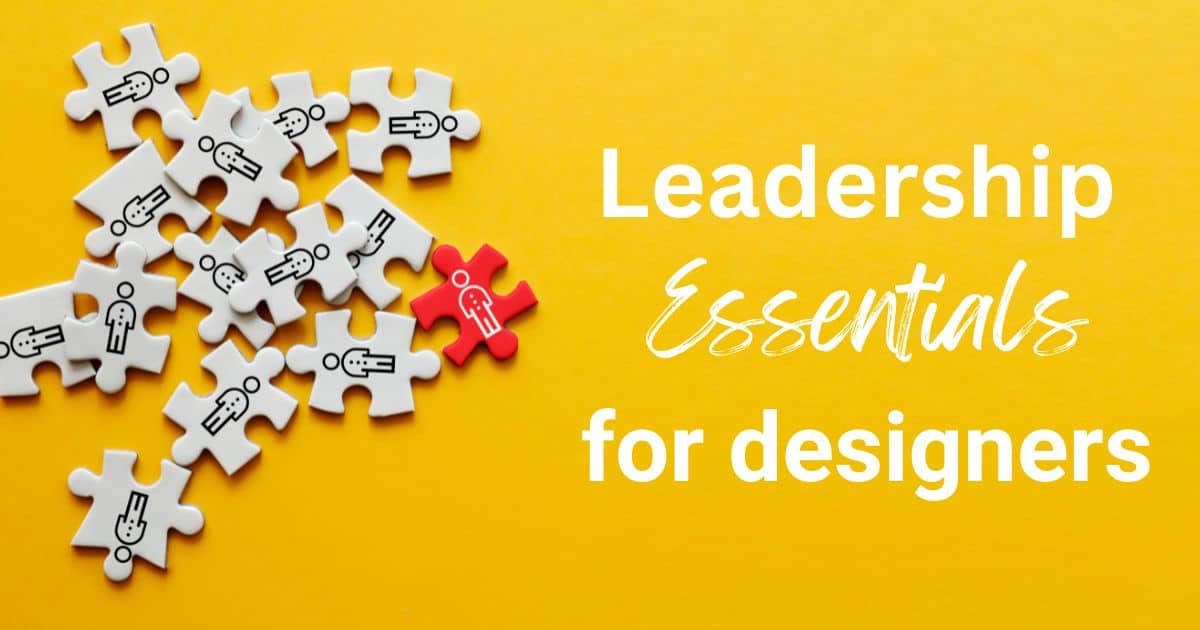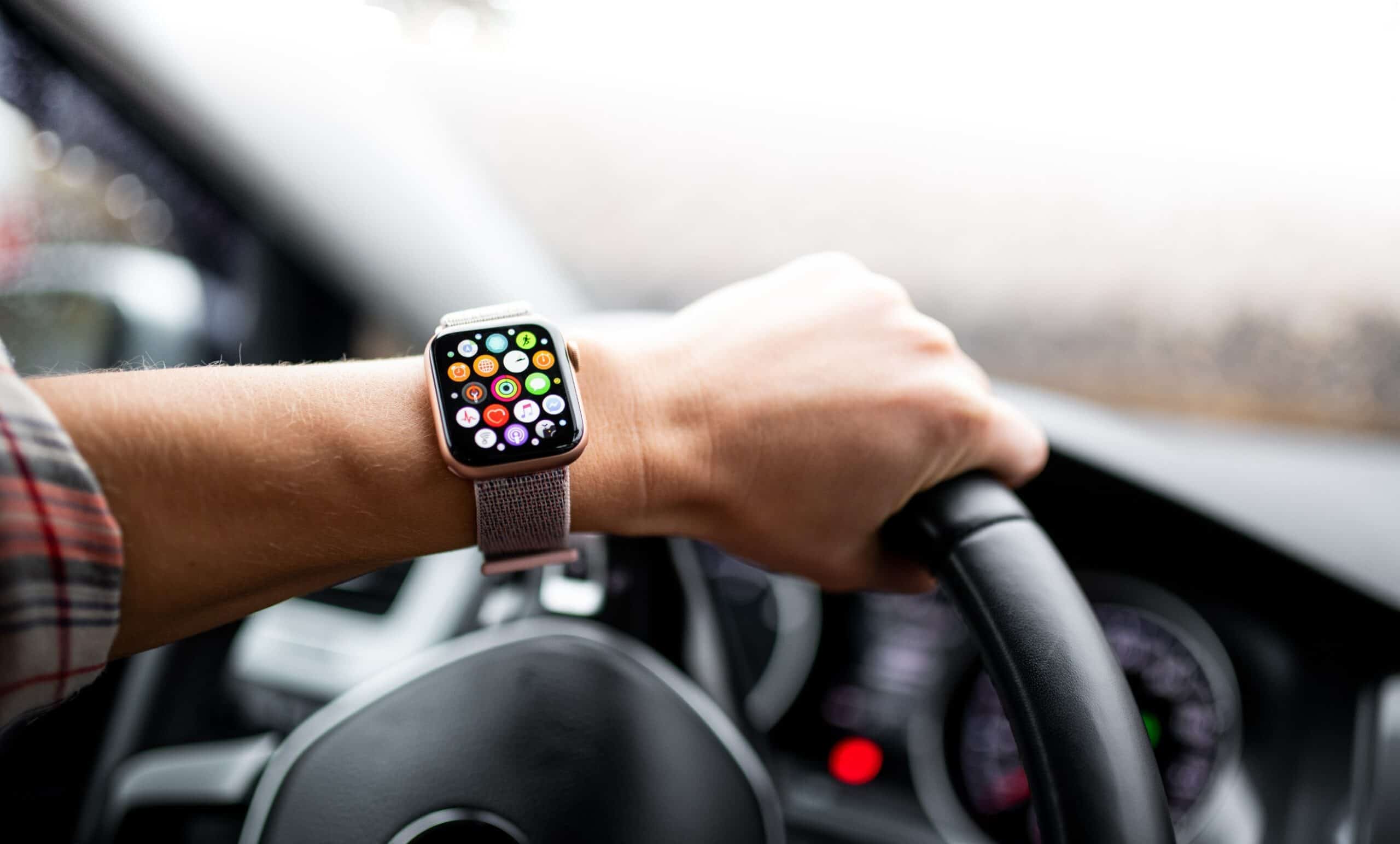Leadership is a lot like design. It’s about understanding and adapting to the needs of the team. It’s also about helping people imagine a different future.
Thinking of leadership as a service means designing with people, understanding how they (all of us, in various contexts) work, our behaviors and how the company structures impact our life in the given company. Then, it’s about adapting these structures and having difficult conversations. The leader is often responsible for company growth and profits, but even more so for helping each individual on the team grow in their career path.
Leadership, for me, is helping people see a different tomorrow and see themselves differently. Often, designers are ingrained in what they are currently doing, so we should be able to help each other detach from the day-to-day tasks by framing work in different contexts, experimenting and diving deeper into the underlying value of the work that we do.
Approaching leadership as a service helps improve diversity and inclusion by providing an opportunity to think differently, embrace different ideas and be open-minded and accepting of all perspectives and viewpoints. We must think long-term and foster an environment of trust and respect, so using a design skillset to create this environment always appealed to me.
This article outlines some examples of applying design skillsets to build better, more diverse organizations and teams.
Create Structural Shifts to Support Diversity
When everything hinges on a pyramid-like hierarchy, it’s difficult to be inclusive. I’ve spent time learning about and implementing alternative models of structuring leadership.
One of those models is the holacratic model. In this organizational structure, employees share decision-making authority, so the power is distributed across the group. This allows for creativity and innovation because employees at different organizational levels and in various roles can uncover problems and contribute to the solutions.
We experimented with holacratic leadership team make up, when instead of leadership team being formed by collecting the most senior people in a room, who often happen to be a non-inclusive bunch that has worked together or gone to the same places, we took a vertical cut of the organization from different levels and backgrounds, that opens up a completely different set of opportunities. In the holacratic model, you would include people from a multitude of seniority levels in the leadership team.
It’s about leading with the team rather than behind, in front, or any other metaphors that presume hierarchy. It’s about being a part of the group, leading within the group, and understanding how to share and create a safe space for leaders to thrive on every level.
Additionally, the hierarchical team model has a longer loop between when things happen and when the company can react. By implementing a holacratic model, you’ll have people talking about the real issues on the ground firsthand rather than leaders collecting second-hand knowledge and trying to take action or implement changes from the top.
To make this shift, there have to be some structural changes made within design teams, but as a result, you’ll be able to see a real change in diversity.
Hiring for Diversity
Many companies have some type of inclusivity statement in their hiring policies. However, to prioritize diversity in hiring, you must deprioritize other things. And many organizations aren’t willing to invest the time it takes to make real changes in the hiring process.
It’s easy to take the top-of-the-pile portfolios as candidates for a position. However, those portfolios are likely the people who had the best opportunities so far because they didn’t have situations like maternity breaks in their careers or they could obtain training at a younger age.
These top-performing candidates often have a straight line to becoming the capable design person they surely are, but when we enable people who have already been enabled by their context, there will not be too much diversity as a result of the hiring.
Active prioritization of diversity and inclusion makes the hiring process twice as long because you’re searching far and wide for candidates. The interview process has to become a different one: accommodating, better designed, balanced value exchange between the candidate and the employee.
When you commit to this type of hiring process, the results from a multicultural design team are very different from the results from people who have the same background. This type of hiring cannot be done in a silo and has to be prioritized in other departments within the company. Diversity and inclusion should be embedded in the culture rather than a top-down mandate, and it needs to be constantly driven and promoted.
Defining Inclusion by First Identifying Exclusion
There’s no universal solution for making environments, companies and teams more inclusive – everyone has a different starting point and a different set of needs. We’ve experimented with “exclusion” sessions: bringing the team together to talk about the instances when they felt excluded is how you might uncover opportunities to improve inclusion. This type of session is personal. The conversations are tender and difficult because there are strong feelings.
It’s a facilitated workshop where people will share certain circumstances or times when they were a part of a group when they felt excluded. Then, you may flip the conversation and discuss how to design an organization where these things just wouldn’t happen.
It’s an excellent exercise to build empathy within a diverse team. At the end of it, you’ll know each other better. As a leader, you learn what memories team members hold onto from the past, and you can try to avoid those situations or triggers for them in the future.
It might be a long and difficult process. Still, by actively identifying potential areas of exclusion and creating a better listening culture, organizations can build diverse teams that are more successful and happy.
The end result is a thriving design team where people are respected regardless of background or experience and where everyone feels like they can contribute and grow in meaningful ways.
This is the power of diversity and inclusion, and it starts with genuine commitment and effort from everyone in the organization. This involves creating structures that support this mission and actively engaging in the hiring process to prioritize diversity. Additionally, encouraging conversations about exclusion, understanding each other better, and creating an open environment are all necessary steps to create a diverse and inclusive design team.
Only with these efforts can teams create a workplace where everyone feels respected and supported, helping to foster innovation and collaboration.
Increase Your Strategic Impact as a Designer
Want to confidently contribute to strategy conversations and ensure your design work can be measured and communicated effectively? Take our Business Strategy & Design course and equip yourself with the skills you need to succeed.
Author
-

Aleksandra Melnikova is an experience designer, strategist, speaker, and co-founder of Cosmic Velocity—an inclusive research, UX and service design agency in London.
View all posts








